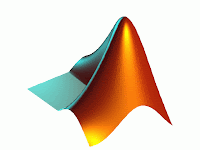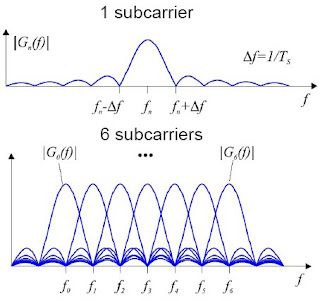The PE exam tests your ability to practice competently in a particular engineering discipline. It is designed for engineers who have gained at least four years’ post-college work experience in their chosen engineering discipline. The PE exam is typically the last step in the process of becoming a licensed P.E.
Architectural
Chemical (updated for April 2011 exam)
Civil: Construction
Civil: Geotechnical
Civil: Structural
Civil: Transportation
Civil: Water Resources and Environmental
Control Systems (updated for October 2011 exam)
Electrical and Computer: Computer Engineering
PE exam specifications and design standards
AgriculturalArchitectural
Chemical (updated for April 2011 exam)
Civil: Construction
Civil: Geotechnical
Civil: Structural
Civil: Transportation
Civil: Water Resources and Environmental
Control Systems (updated for October 2011 exam)
Electrical and Computer: Computer Engineering













